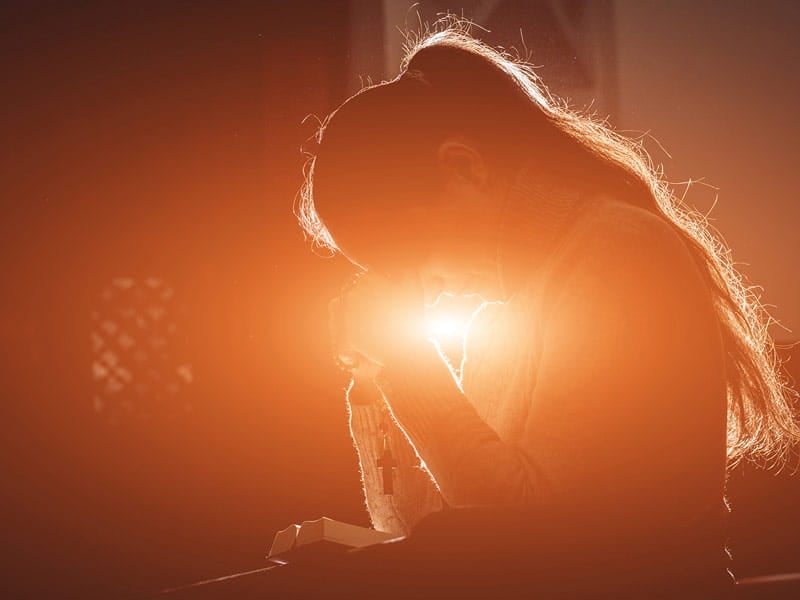What is the Catholic Church?
The Roman Catholic Church is its people, not the hierarchy, according to the Second Vatican Council. There are 1 billion Catholics worldwide.
Who is the head of the Catholic Church?
The pope. His ecclesiastical rank is just bishop, but he is considered the first among equals of the bishops because Catholics consider the bishop of Rome as the direct ecclesiastical successor to St. Peter.
What is a bishop?
A bishop is a spiritual leader and pastoral teacher of the church in his geographic -- or sometimes ethnic -- district called a diocese. He can ordain a person as a priest or bishop.
Bishops' responsibilities include deciding which seminarians in his diocese should be ordained priests. He also assigns priests to parishes or missions, allows new parishes and churches to be developed, and he sometimes closes parishes. He must oversee Catholic institutions in his region and see that their teaching follows Catholic moral teaching and Scripture. A bishop must be an ordained priest of 35 or older and generally remains in office until he is 75 or dies.
What's an archbishop?
He leads a region called an archdiocese. An archdiocese is generally a large and historic diocese. The Archdiocese of St. Louis was founded in 1847 and is the third oldest archdiocese in the nation. However, there are larger dioceses that are not called archdioceses, including the Diocese of Rockville Center, N.Y., which includes most of Long Island. An archbishop has no more power under church law than a bishop.
What's a cardinal?
A cardinal is a person whom the pope names as one of his closest advisers. Nearly all cardinals are bishops or archbishops, but a few are theologians or other priests the pope wants to honor. A few laymen have been named cardinals, but not in modern history. In the 1990s, one cardinal suggested that a lay woman might be named a cardinal. Most cardinals visit the pope a few times a year. The late Cardinal John O'Connor of New York used to talk to the pope on the phone regularly. Car dinals' distinctive power comes at the death of a pope, when they vote in secret session for a new pope. Cardinals have no power over diocesan bishops outside their dioceses.
What is an auxiliary bishop?
Larger dioceses have several auxiliary bishops assigned to help the diocesan bishop or archbishop with a large flock. However, an auxiliary bishop is a full bishop. At bishops councils, synods and national conferences auxiliary bishops have an equal vote with an archbishop or a cardinal.
It's a body of about 190 diocese bishops, about 90 auxiliary bishops and about 100 retired bishops over the age of 75. They meet twice a year to pool resources, share ideas and make public policy statements. It's like a trade association. They support the denomination's domestic charities, such as Catholic Charities and the Human Development Corporation and overseas programs such as Catholic Relief. They run the North American College, a residential graduate- level seminary in Rome. Topics of their public policy papers and statements range from AIDS in Africa to global warming to stem cell research.
When the group is not in session its president, Bishop Wilton Gregory of Belleville, supported by its executive committee, often makes statements.
What is a pro-nuncio?
The papal representative who lives in the capital of each nation. He links Catholic leaders in each nation with the Vatican. He rarely mingles with lay Catholics or lower ranking priests outside Washington. Archbishop Gabriel Montalvo is the current Apostolic Nuncio to the United States.
Who picks a bishop?
The short answer is the pope, with the help of each nation's pro-nuncio.
How does the nuncio know whom to suggest to the pope?
The bishops give him suggestions.
What is their method?
Every three years all the bishops, including auxiliaries, of a province gather to nominate priests from that region who are 35 or older to put on a potential bishops list.
The U.S. is divided into 31 provinces. The Missouri Province includes the St. Louis Archdiocese, the Jefferson City Diocese, the Kansas City Diocese and the Springfield-Cape Girardeau Diocese. A bishop called a "metropolitan" leads each province. Generally, he is the head of the largest diocese. Archbishop Justin Rigali of St. Louis and Cardinal Francis George, archbishop of the Chicago Archdiocese, are metropolitans of their respective state provinces.
Before the special meeting, each bishop sends the metropolitan names of possible nominees with biographical material about each priest's character, spirituality, education and administrative and pastoral skills. The archbishop circulates short resumes on each nominee before the meeting.
Most men who become diocesan bishops are first nominated through this process.Rigali, who became an archbishop while serving in the Vatican in an administrative post, is one of the few American prelates who did not rise through this process.
The voting bishops are supposed to be sure that the candidates meet certain standards, including a good reputation for "irreproachable morality," right judgment and prudence. Good health, education and "openness to the signs of the times" also are evaluated in the discussion sessions. The bishops vote on the proposed list. Some bishops say that they believe they must abstain from the vote if they do not know the candidate well. Rigali forwards the names proposed and approved by a majority to the pro-nuncio.

